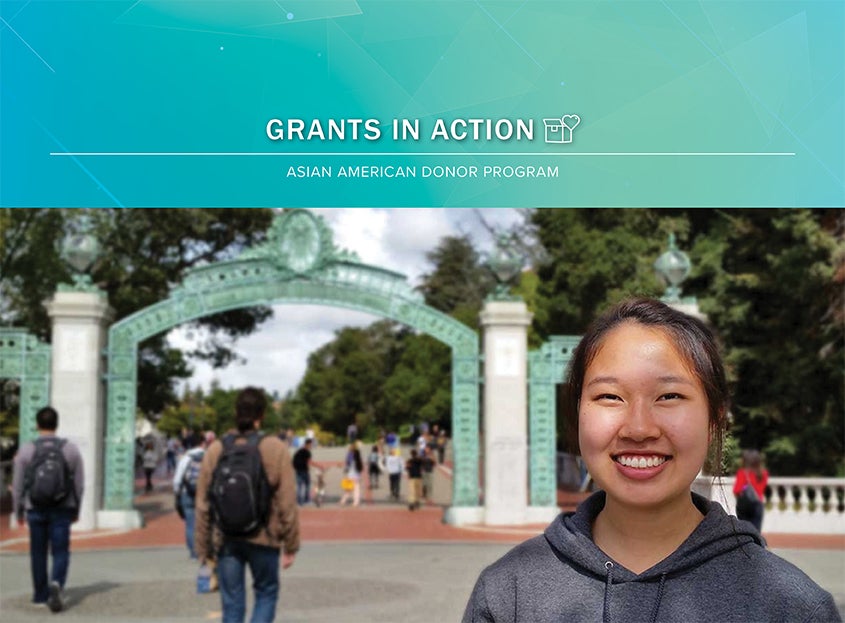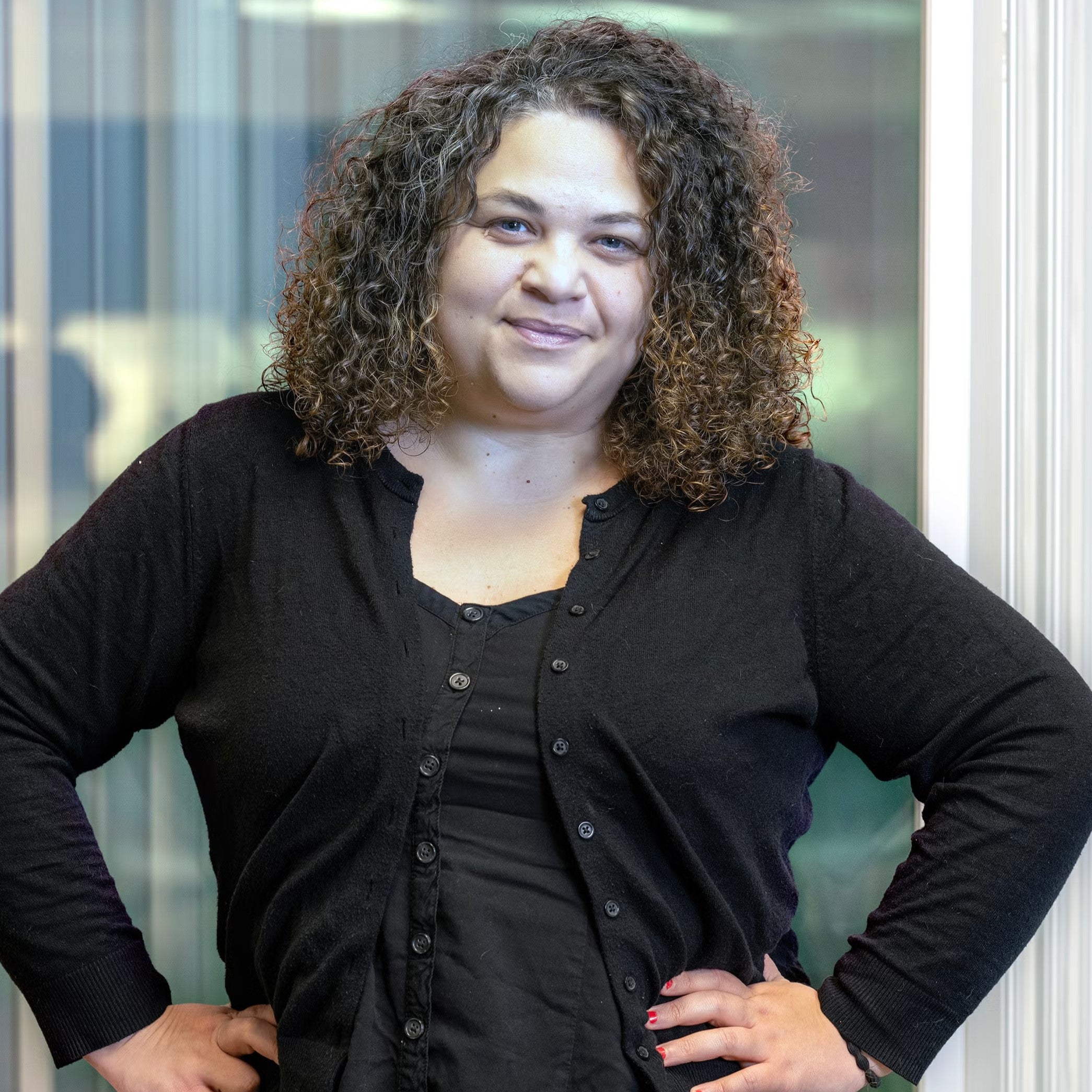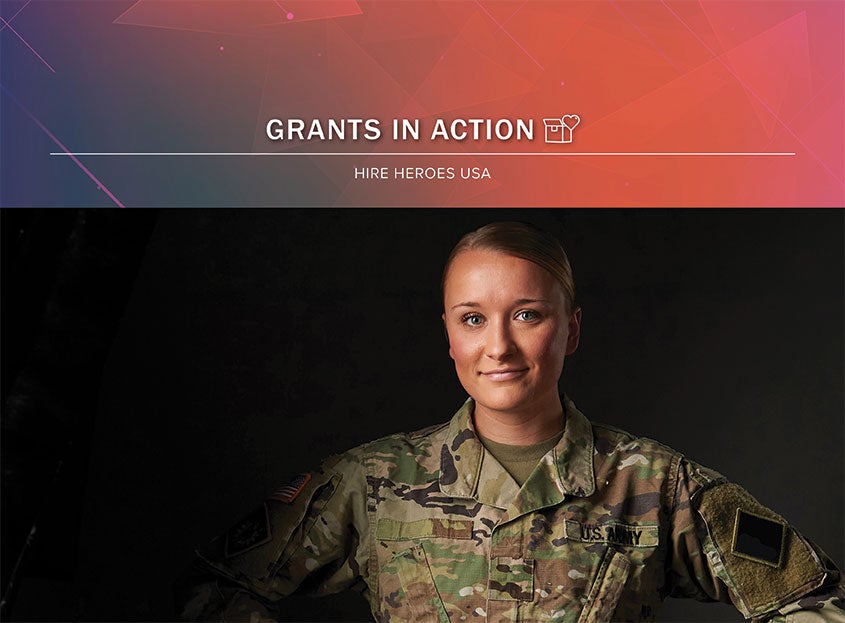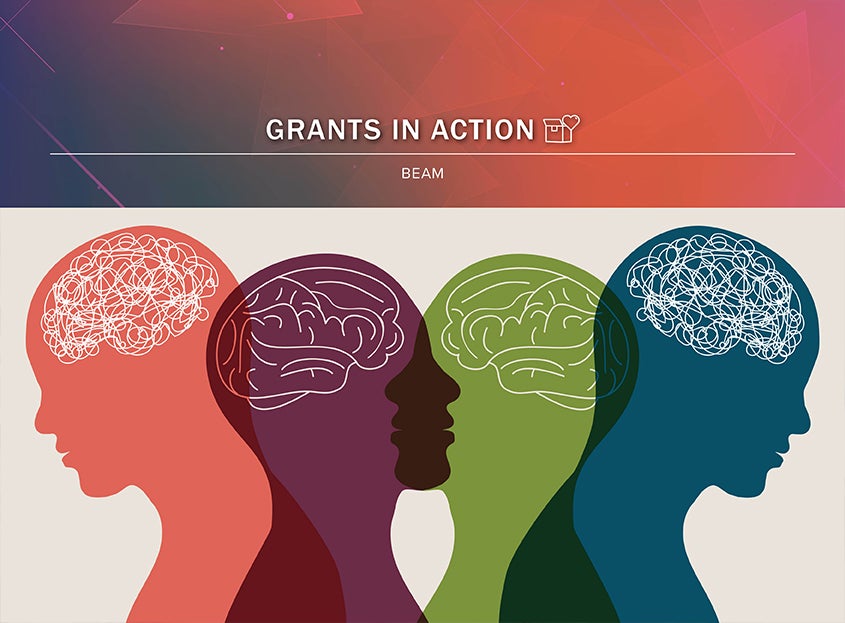Asian American Donor Program: Lifesaving Community Connections
This Bay Area organization inspires potential stem cell matches to join the donor registry through education and outreach, improving outcomes for patients with blood cancers.

San Francisco is one of America’s most diverse cities, home to millions, including a large community of Asian and Pacific Islanders, both immigrants and those born in the U.S.
Within those communities, like many elsewhere, there is an urgent need for blood stem cell and bone marrow donors. Donors who contribute their blood stem cells can help save the lives of patients with blood cancers, like leukemia, and other diseases. Based in Alameda in the surrounding Bay Area, the Asian American Donor Program (AADP), is a nonprofit dedicated to saving lives by supporting both patients and donors alike.
For patients who need a donor, AADP not only tries to find a possible, lifesaving match through national registries, but, as Carol Gillespie, the group’s Executive Director, puts it, “[we] make sure they understand they have a partner in this challenging time in their life.”
Since their inception in 1989, the Asian American Donor Program has helped coordinate hundreds of matches for bone marrow and stem cell transplants.
The organization does this by creating media and outreach campaigns, including videos that tell the patient’s story, to reach the largest audience possible. For those who do wish to become donors, AADP provides the tools and resources necessary to get them on the match registry, including home testing kits.
Once a match is found, AADP provides the same level of care and guidance for donors as they do for patients. As Gillespie puts it, “We do everything we possibly can to ensure that you, the donor, are protected and healthy.”
AADP not only coordinates between donors and their potential matches, they also provide vital education and outreach, holding registration drives across the Bay’s diverse communities. Gillespie says the key to outreach is rooted in being culturally competent. “You have to respect the community, their language and their culture.”
This is especially important considering the disparities racial minorities face in healthcare access and in blood stem cell donor registries. One Harvard Medical School summary found that “In the U.S., racial minorities are much less likely to find a suitable blood stem cell donor than White Americans.” AADP estimates that Asian and Pacific Islander patients have only a 41 percent chance of finding a donor (compared to a 77 percent chance for white people).
Ethnicity can be essential when it comes to being a donor, as AADP notes, “a patient’s ethnic background is important in predicting the likelihood of finding a match.” The larger and more diverse the donor registry, the likelier transplants will increase and outcomes will improve for minority patients.
A recent literature review on the subject found that “Increased health literacy [and] access to transplant information and referral patterns,” like the kind AADP provides “are manageable and pertinent solutions which can ultimately improve patient outcomes.”
Since their inception in 1989, AADP has helped in finding 630 matches, and though their work is localized to the Bay Area, their mission is nationwide. Gillespie explains, “If someone across the country wants to do a drive, we’ll send them a [kit] with all the materials and educational information they’ll need.”
Of course, there are other kinds of donors that can help support AADP’s mission: financial donors. Gillespie explains that fundraising dollars go towards the organization’s important day-to-day operations, coordination, education and outreach. When it comes to long-term giving, as provided by donor-advised funds (DAF), Gillespie says, “it helps us to sustain our goals and to plan for the future.” A lifesaver in and of itself.
NPT is not affiliated with any of the organizations described herein, and the inclusion of any organization in this material should not be considered an endorsement by NPT of such organization, or its services or products.
NPT does not provide legal or tax advice. This blog post is for informational purposes only and is not intended to be, and shall not be relied upon as, legal or tax advice. The applicability of information contained here may vary depending on individual circumstances.


